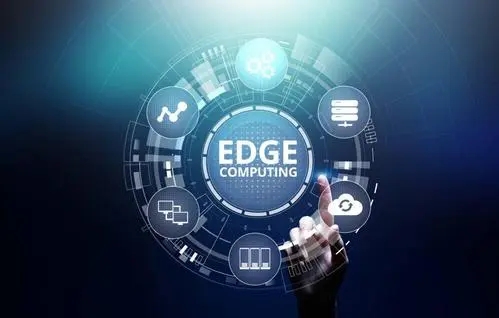

— Blogs —
—Products—
 Consumer hotline +8618073152920
Consumer hotline +8618073152920 WhatsApp:+8615367865107
Address:Room 102, District D, Houhu Industrial Park, Yuelu District, Changsha City, Hunan Province, China
Product knowledge
Time:2021-12-23 21:54:32 Popularity:1576
The importance of edge computing to the Internet of Things
The data collected and generated by IoT devices will be processed closer to the device itself instead of being transmitted to a centralized data center or cloud for processing over long distances. Utilizing a mesh network of micro data centers that takes up little space, edge computing enables organizations to collect and analyze important data in real time without increasing the burden on existing infrastructure.

Three reasons why edge computing is critical to the Internet of Things:
1. Speed
For companies, supporting access to content anytime, anywhere is no longer a competitive advantage, but a best practice. However, as the Internet of Things connects more user groups scattered in different geographic locations, it has become increasingly difficult to deploy faster networks.
Edge computing helps increase network speed and reduce latency. Since processing has moved to the "edge" of the network and closer to the end user, there is less data that needs to be transmitted over the network to the cloud and data center (and sometimes back). By cleaning up network traffic, edge computing can maintain a high connection speed and minimize latency.
Network speed and location are interrelated. In theory, it takes 21 milliseconds for data to be transmitted along the fiber optic cable from New York to San Francisco, but this estimation assumes a direct path (unlikely) and cannot solve the infamous "last mile problem". Data must be routed through a complex local network before reaching its final destination, which in turn adds a delay of 10-65 milliseconds.
When using edge data centers to move data processing closer to the data source, this number may drop to microseconds. Shortening the physical distance between the data center and the end user can not only minimize latency, but also improve reliability.
2. Location optimization
The company can also determine which data is processed where. For example, business-critical data can be processed in edge data centers, while non-critical processing needs can be undertaken by another facility farther away. The result is that users can access content faster, and businesses can make better use of bandwidth.
3. Security
A major criticism of IoT devices is that they represent potential vulnerabilities in any network. Due to the distributed structure of edge computing, the number of possible attack vectors and vulnerability points is increased. With these security issues in mind, premium edge data center providers have taken proactive measures to protect their customers’ networks. Some of these measures include the most advanced network security technologies and industry-best certifications, such as ISO 27001.
But edge computing also provides some inherent security advantages. Since the data collected by IoT devices is closer to the source and will not be widely spread on the Internet, the actual risks faced are limited.
Related recommendations
Sensors & Weather Stations Catalog
Agriculture Sensors and Weather Stations Catalog-NiuBoL.pdf
Weather Stations Catalog-NiuBoL.pdf
Related products
 Combined air temperature and relative humidity sensor
Combined air temperature and relative humidity sensor Soil Moisture Temperature sensor for irrigation
Soil Moisture Temperature sensor for irrigation Soil pH sensor RS485 soil Testing instrument soil ph meter for agriculture
Soil pH sensor RS485 soil Testing instrument soil ph meter for agriculture Wind Speed sensor Output Modbus/RS485/Analog/0-5V/4-20mA
Wind Speed sensor Output Modbus/RS485/Analog/0-5V/4-20mA Tipping bucket rain gauge for weather monitoring auto rainfall sensor RS485/Outdoor/stainless steel
Tipping bucket rain gauge for weather monitoring auto rainfall sensor RS485/Outdoor/stainless steel Pyranometer Solar Radiation Sensor 4-20mA/RS485
Pyranometer Solar Radiation Sensor 4-20mA/RS485
Screenshot, WhatsApp to identify the QR code
WhatsApp number:+8615367865107
(Click on WhatsApp to copy and add friends)
